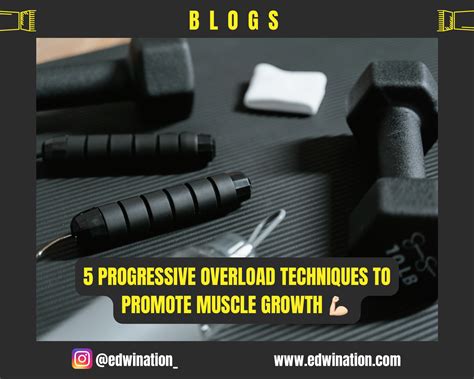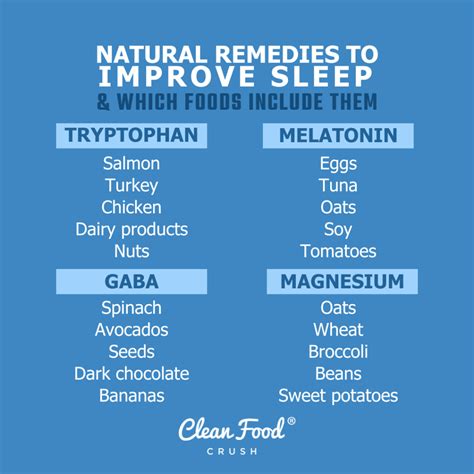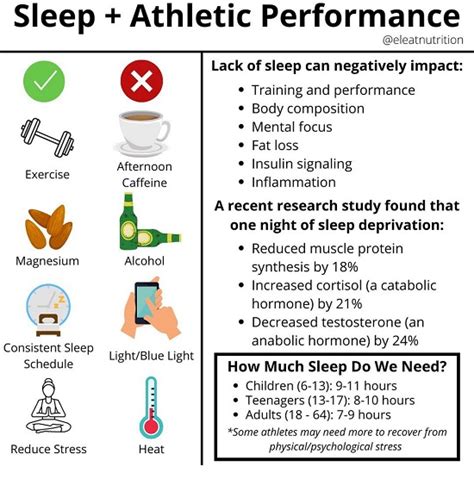How to optimize progressive overload for men’s peak strength gains?

Understanding Progressive Overload for Strength
For any man serious about building significant strength and muscle, progressive overload isn’t just a strategy; it’s the fundamental principle driving all physical adaptation. At its core, progressive overload means continually increasing the demands placed on your muscles over time. Without this continuous challenge, your body has no reason to get stronger or grow bigger. When you lift the same weight for the same reps indefinitely, your body adapts to that stimulus, and further progress halts. To achieve peak strength gains, you must consistently push your physiological boundaries.
This isn’t just about lifting heavier weights every session; it encompasses a variety of methods designed to make your workouts more challenging. Understanding these methods and knowing when and how to apply them strategically is key to breaking plateaus and unlocking your full strength potential.

Key Methods of Progressive Overload
While increasing the weight is the most straightforward form of progressive overload, it’s far from the only one. A multi-faceted approach ensures continuous challenge and reduces the risk of injury from always chasing heavier loads. Here are the primary methods:
- Increase Weight: The most common method. Once you can comfortably hit your target reps with good form, gradually increase the weight.
- Increase Repetitions: If you can’t increase the weight, add more reps to your sets. More reps with the same weight means more work done.
- Increase Sets: Adding an extra set to an exercise can significantly increase overall training volume and stimulus.
- Decrease Rest Time: Performing the same work in less time increases training density and intensity, challenging your cardiovascular system and muscular endurance.
- Improve Form/Tempo: Performing exercises with stricter form, a slower eccentric (lowering) phase, or a brief pause at the peak contraction increases time under tension and muscle activation, making the movement harder.
- Increase Frequency: Training a muscle group more often per week (e.g., twice instead of once) can lead to more opportunities for overload.
- Increase Range of Motion: Performing an exercise through a fuller range of motion can make it more challenging and stimulate more muscle fibers.

Strategic Application for Men’s Peak Strength
Optimizing progressive overload for peak strength gains requires more than just randomly picking a method. It demands a strategic, long-term approach, especially for men who often chase maximal lifts.
Tracking is Paramount: You cannot optimize what you don’t measure. Keep a detailed log of your workouts, including exercises, sets, reps, weight, and even perceived effort. This data allows you to see where you’ve been and plan where you need to go next.
Periodization: Don’t try to PR every session. Incorporate periodization into your training. This involves varying your training intensity and volume over specific cycles (e.g., weeks or months). For strength, a common approach is to cycle between phases of higher volume/moderate intensity and lower volume/higher intensity. This helps manage fatigue, prevent plateaus, and allows for peak performance at specific times.
Focus on Compound Lifts: Prioritize exercises that involve multiple joints and muscle groups, such as squats, deadlifts, bench presses, overhead presses, and rows. These movements allow you to lift the most weight and provide the greatest stimulus for overall strength and muscle growth.
Deload Weeks: Integrate deload weeks every 4-8 weeks. During a deload, you significantly reduce volume, intensity, or both. This allows your body to recover fully, repair tissues, and reduce accumulated fatigue, preparing you for another productive training block.

Beyond the Gym: The Pillars of Peak Gains
Progressive overload happens in the gym, but true strength gains are forged outside of it. Neglecting recovery and nutrition will severely hamper your ability to progressively overload and make meaningful gains.
Nutrition: To support increased training demands and muscle repair, adequate nutrition is non-negotiable. Ensure a caloric surplus if your goal is muscle and strength gain, focusing on high-quality protein (around 1.6-2.2g per kg of body weight), complex carbohydrates for energy, and healthy fats. Hydration is also critical for performance and recovery.
Recovery & Sleep: Muscles don’t grow during your workout; they grow during recovery. Aim for 7-9 hours of quality sleep per night. Sleep is when your body produces the most growth hormone and testosterone, essential for strength adaptation. Active recovery (light walks, stretching) can also aid in blood flow and reduce muscle soreness.
Consistency and Patience: Strength building is a marathon, not a sprint. Be consistent with your training, nutrition, and recovery. Understand that progress won’t always be linear, and plateaus are part of the journey. Stay patient, trust the process, and adjust your progressive overload methods as needed.

Sustaining Your Strength Journey
Optimizing progressive overload for men’s peak strength gains is an ongoing process of challenging your body, listening to its signals, and providing the necessary fuel and rest for adaptation. By strategically employing various overload methods, meticulously tracking your progress, incorporating periodization and deloads, and prioritizing recovery and nutrition, you can consistently push your strength boundaries. Remember, the goal is not just to lift more, but to lift smarter, ensuring longevity and continuous improvement in your strength journey.









